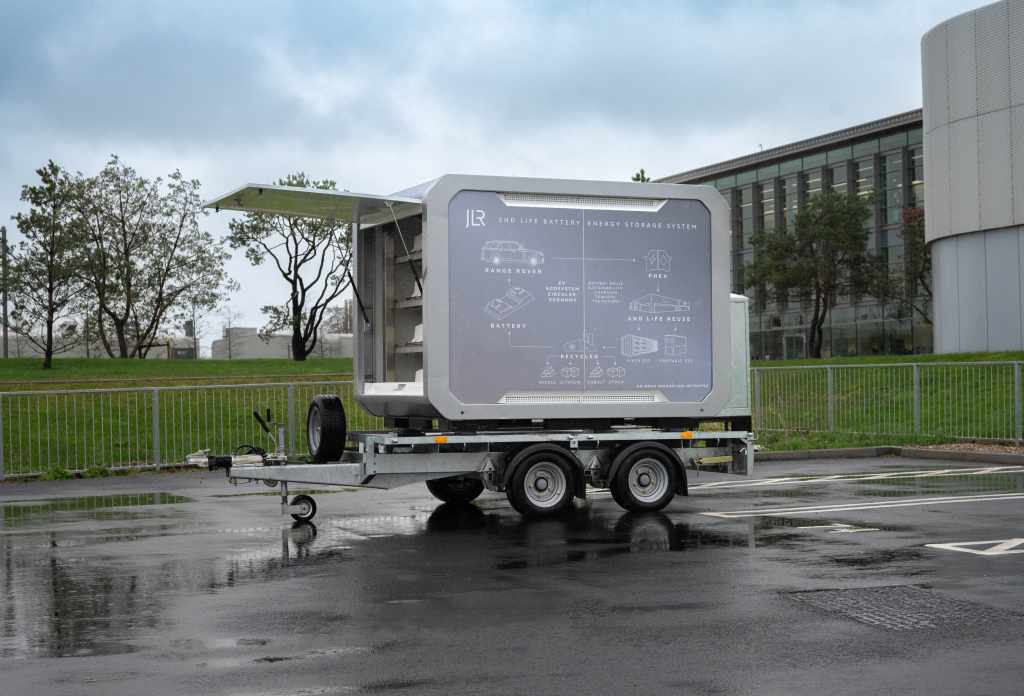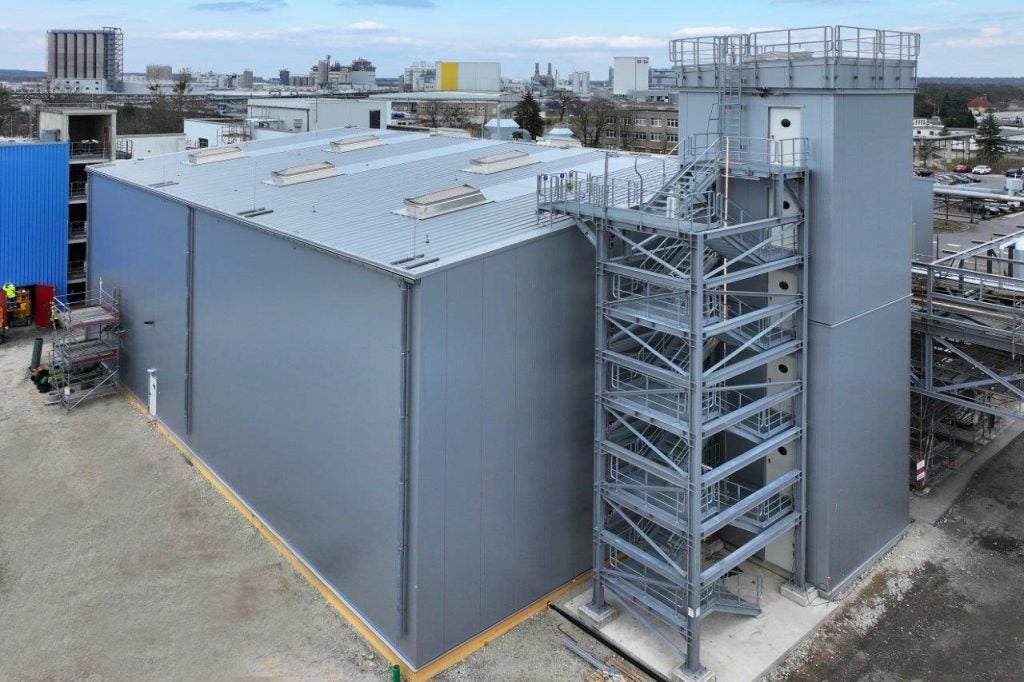For some time, manufacturers have been pushing back the technical boundaries of batteries used for hybrid electric vehicles. Matthew Beecham asks executives of three leading advanced battery makers — Western Lithium Corp, EaglePicher Technologies and SB LiMotive — for their opinions on how this blossoming market is shaping-up in a global recession.
Not so long ago, the automotive industry was protecting an old technology yet nowadays it appears to have embraced the need for hybrids and the use of advanced battery technology. Macroeconomic, political and environmental events such oil dependency, new competition and increasing carbon emissions have all contributed towards the new move to electrification of transportation. “New technology in the form of lithium-ion batteries has facilitated the change away from old business models that are not sustainable in the future,” said executives of Western Lithium Corp.
“The economic recession has actually forced governments, corporations and consumers to make decisions that will return future benefits with respect to profitability and sustainability. The automotive industry is quickly responding to the anticipated demand for electric and hybrids cars and is working towards mass producing them in a profitable manner, with manufactures like Nissan and GM leading the way.”
Western Lithium Corp is currently developing the Kings Valley, Nevada lithium deposit into potentially one of the world’s largest strategic, scalable and reliable sources of battery grade lithium carbonate. The company is positioning itself as a US-based supplier to support the rising global demand for lithium carbonate that is expected to come from the increased use of mobile electronics and hybrid/electric vehicles.
Most of the hybrid fleet is powered by nickel-metal hydride (Ni-MH) batteries, mainly due to the power density, energy density durability. The successor to Ni-MH is lithium-ion. “We validate lithium-ion technology as the most promising alternative for future automotive applications,” said Dr Joachim Fetzer, executive vice president of SB LiMotive.
How well do you really know your competitors?
Access the most comprehensive Company Profiles on the market, powered by GlobalData. Save hours of research. Gain competitive edge.

Thank you!
Your download email will arrive shortly
Not ready to buy yet? Download a free sample
We are confident about the unique quality of our Company Profiles. However, we want you to make the most beneficial decision for your business, so we offer a free sample that you can download by submitting the below form
By GlobalData“Lithium-ion batteries increase energy and power densities by a factor of two to four. This allows engineers to develop cars using lithium-ion batteries in such way that significantly longer distances can be achieved for the same weight and volumes. Other advantages include high cycle stability, a long service life and significantly lower self-discharge. Within three years, the key performance indicators of lithium-ion batteries will see a 30 to 40 percent improvement. The general consensus is that we will be able to produce a battery pack for about €350 per kilowatt hour by 2015, or about two-thirds of the current cost. This would make the battery cost for the electric vehicle around €12,000 based on a 35kWh battery. Depending on the design of the electric vehicle – how heavy it is, for example – and depending on how the lithium-ion battery develops, the cost of the battery for the car may be even lower, at around €8,000.”
SB LiMotive is a joint venture owned by Samsung SDI and Bosch.
The cost of lithium accounts for less than 2% of the total battery cost. The main cost component for the battery packs is the assembly of the packs so manufacturers expect to see substantial opportunities for price reductions once these packs are built on a larger scale and the supply chain becomes more integrated.
Executives of Western Lithium Corp told us: “Government policies can be effective in stimulating demand, with a recent example the US “cash for clunkers” programme. As nearly every developed and developing country has a vested interest in reducing their oil demand and promoting electric cars we would expect to see governments across the globe look to opportunities to make the transition from oil to electric powered cars as quickly as possible.”
Other advanced battery manufacturers observe more and more governmental authorities taking a longer-range outlook as far as the environment is concerned. “Tax credits for buying HEVs and CAFÉ standards will go a long way toward accelerating the movement,” said Randy Moore, president of EaglePicher Technologies LLC. “This isn’t just in the US—governments in Europe are well on the way as well. CAFÉ standards are requiring the OEMs to build these cars. If consumers ultimately won’t pay what it costs to make them, I see the government stepping in to incentivize the value proposition. This could come in the form of subsidies at the dealership, tax credits, trade-in allowance for crushing your gas-burner, or just hiking gas taxes to the point we see sustained gas prices in the $4 per gallon range, or more.” EaglePicher is a major manufacturer of batteries and energetic devices for the defense, space and commercial industries.
With so much emphasis on hybrids and electric cars, the battery industry is racing to find new solutions. Late last year, a consortium of some 50 companies formed The National Alliance for Advanced Transportation Batteries (NAATBatt) in the US. The aim of NAATBatt is to enable its members manufacture lithium-ion battery cells in the US. NAATButt is in the process of building a 1 million-ft² manufacturing facility located in Hardin County, Kentucky which will create 1,800 jobs. The founding members of NAATBatt include 3M, ActaCell, All Cell Technologies, Altair Nanotechnologies, Dontech Global, EaglePicher, EnerSys, Envia Systems, FMC, Johnson Controls-Saft, MicroSun Technologies, Mobius Power, SiLyte, Superior Graphite and Townsend Advanced Energy.
In a statement outlining the background to the formation of the alliance, NAATBatt said: “Today, there are no large scale manufacturers of lithium-ion battery cells in the US. While US companies make about 30% of the lead acid batteries sold worldwide, [they] produce 1% of lithium-ion batteries. … The manufacture of lithium-ion battery cells, however, is centred in Japan, South Korea and, increasingly, China, whose governments heavily subsidise their lithium-ion industries. … Without government support, US companies have been unable or unwilling to build lithium-ion factories in the US. The economies of lithium-ion battery cell production require that a successful lithium-ion cell factory be large and highly automated. No US company has been willing to invest the hundreds of millions of dollars necessary to build such a factory, particularly where the reward for doing so is the privilege of competing against heavily subsidised foreign rivals for a share of a still undeveloped market. US companies that have entered the lithium-ion business to date have done so by outsourcing manufacturing to Asia or by partnering with foreign companies and importing their cells.”
To date, we’ve seen increasing numbers of hybrids in the US with Europe following, albeit at a slower pace. Yet the actual volume of electric vehicles is still low on both sides of the Atlantic. Western Lithium executives believe that 2010 will be seen as year one for the electric and plug-in hybrid electric vehicles markets.
“Small numbers of test vehicles are now appearing on roads with increasing frequency and we understand that many manufacturers have waiting lists for their first generation of commercially produced vehicles. As with any new technology, we would expect initial adoption rates to be small and increase over time as consumer awareness of the advantages electric cars offer become more widely known. Electric cars are more reliable, efficient and convenient, and they use less energy and produce fewer emissions.”
Randy Moore believes that if the market were left to itself, the EV/HEV market would be very slow in developing. “Gas prices have gone back down to levels we saw, again on an inflation adjusted basis to levels we saw in the mid-1950s. And consumers – by and large – are very much “Adam Smith” economic creatures. However, we see more and more governmental authorities taking on a longer-range outlook as far as the environment is concerned. Tax credits for buying HEVs and CAFÉ standards will go a long way toward accelerating the movement. Interestingly, the “Adam Smith” comment works in our advantage regarding fleet vehicles. While consumers often have a hard time getting over the up-front price of an electrified vehicle, fleet owners take a “total cost of ownership” five to seven year view of the investment. For a consumer, buying an electric car is like having to buy a five-year-full gas tank up-front with the purchase of the car. It just costs a few pennies a day to keep all that fuel fresh. For the fleet owner, if the life-cycle cost of the battery and electric motor pays off in better efficiency and lower maintenance, it is an investment they won’t hesitate to make.”
The development of an advanced battery is not the complete answer, however. There are moves to develop higher output electric motors alongside better batteries that produce more power per watt. Moore reckons that is such work going on and significant advancements have already been made. Also, there are separate sections of the American Recovery and Reinvestment Act (ARRA) stimulus package to help fund these needed advancements further.
“The electrification of the drivetrain must be approached from a system perspective. From a NAATBatt perspective, our alliance members are working with partner OEM’s to optimise the entire system. This includes more efficient motors, battery management systems that balance the cells for longer life, efficient ways of the transmission and distribution of electricity on-board, monitoring energy and power levels of the battery pack and providing fuel-gauge feedback to the operator, recharging systems including primary recharge and scavenging energy for recharge. An example of this is turning the motor into a generator that, when going down steep hills, uses momentum and gravity to recharge the battery while using the drag of the generator to help reduce the speed of the vehicle.”
Matthew ‘Beechy’ Beecham
See also: Global market review of automotive batteries – forecasts to 2016 (download)






